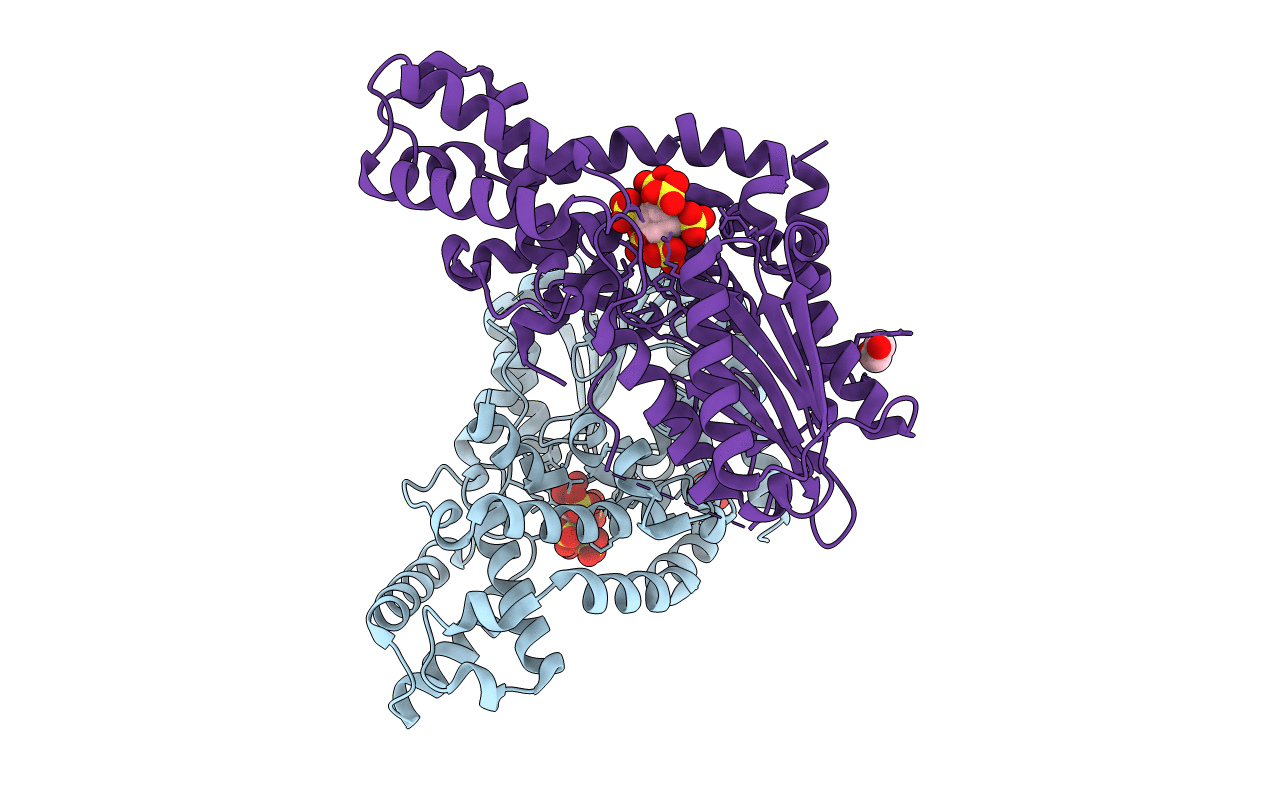
Deposition Date
2012-05-29
Release Date
2014-01-29
Last Version Date
2024-02-28
Entry Detail
PDB ID:
4FDU
Keywords:
Title:
Crystal Structure of a Multiple Inositol Polyphosphate Phosphatase
Biological Source:
Source Organism:
Bacteroides thetaiotaomicron (Taxon ID: 226186)
Host Organism:
Method Details:
Experimental Method:
Resolution:
2.29 Å
R-Value Free:
0.23
R-Value Work:
0.16
R-Value Observed:
0.17
Space Group:
P 1 21 1


